I have been working in software for at lest 40 years now. I am currently writing a simulator / debugger for the Dallas DS5001 processor to use at work because it has absolutely NO debug capabilities built in. I have been reverse engineering the Keil extensions to the OMF51 file format by Inntel (not their code).
I can already debug at the assembler level, I already know how to associate opcodes with source file line numbers… just a few other details to figure out and I will have a full source level debugger I can use…
I can say that after 40 years of debugging code on a daily basis that the single most horrendously IMPOSSIBLE to use debugger I have ever experienced is GDB. It is even worse than the ICE for the NEC75x which only displayed opcodes AFTER you stepped them lol.
It does not matter what front end interface is put on it, They are all just lipstick on a horrendously ugly PIG.
OTOH, if there were a built in GDB interface in sublime text *NOT a plugin) that showed the disassembly or C sources in one dedicated area of a tab, the registers in another dedicated area of the tab, a configurable dump in hex bytes / words / dwords in another area of the tab and a PROPER display of the top N items on the stack whether they were part of a dumb STACK FRAME or not…
That would be awesome!?


 .
.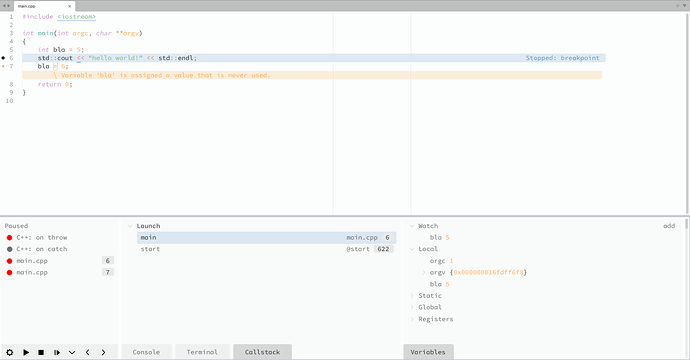
 during development but not always possible and as soon as the program is “out there” you’re getting log files/traces at best.
during development but not always possible and as soon as the program is “out there” you’re getting log files/traces at best.

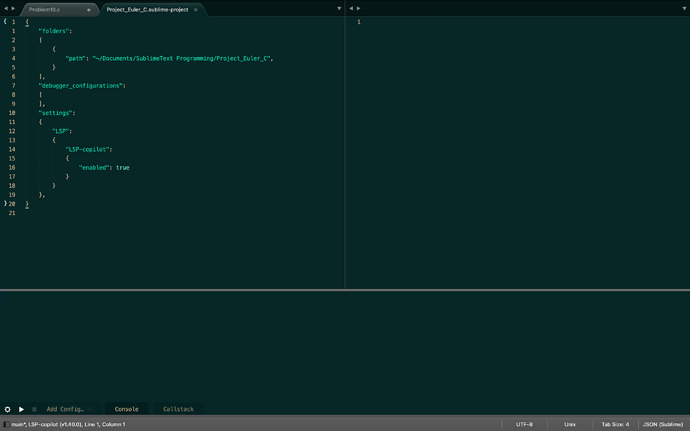
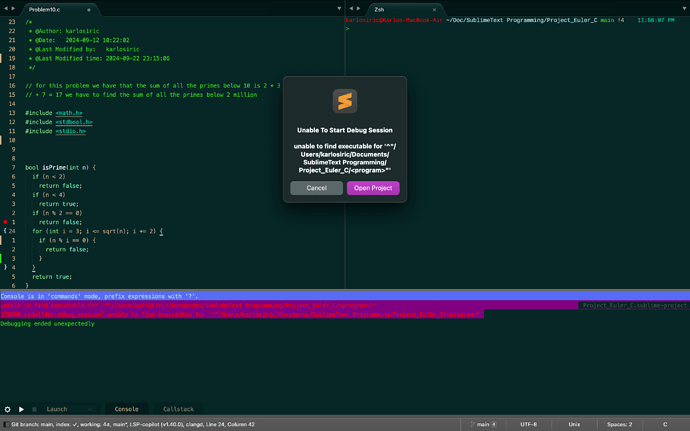

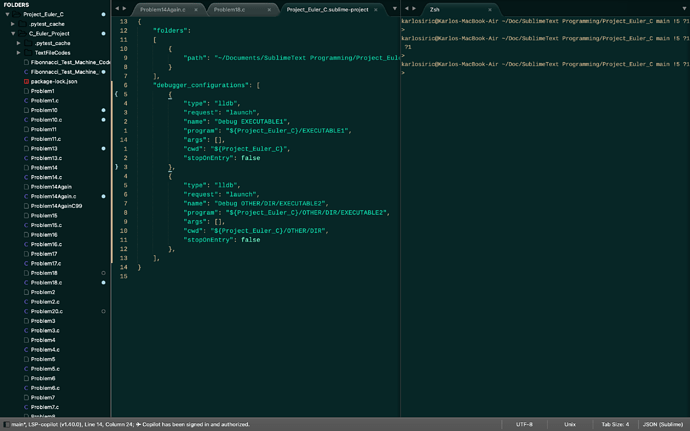



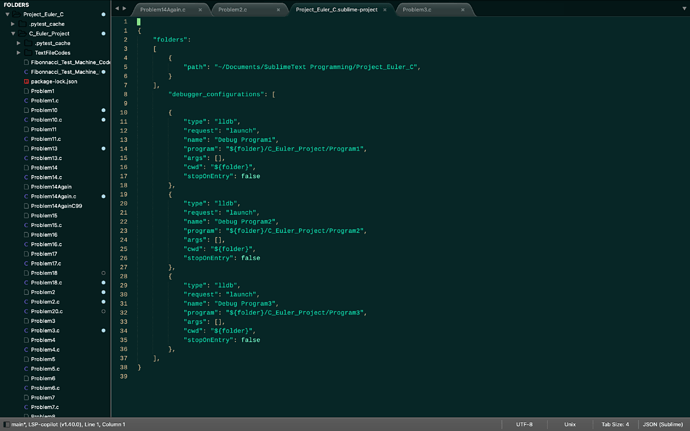

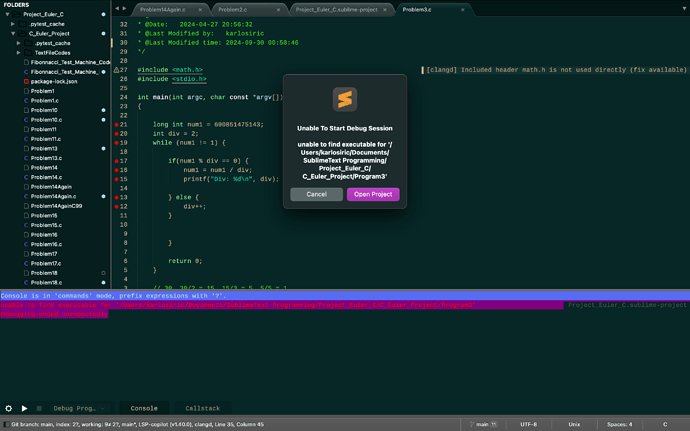

 . Thank really appreciate your help on this, I will give it a try later but it should work now, I will let you know if there is still something left.
. Thank really appreciate your help on this, I will give it a try later but it should work now, I will let you know if there is still something left.